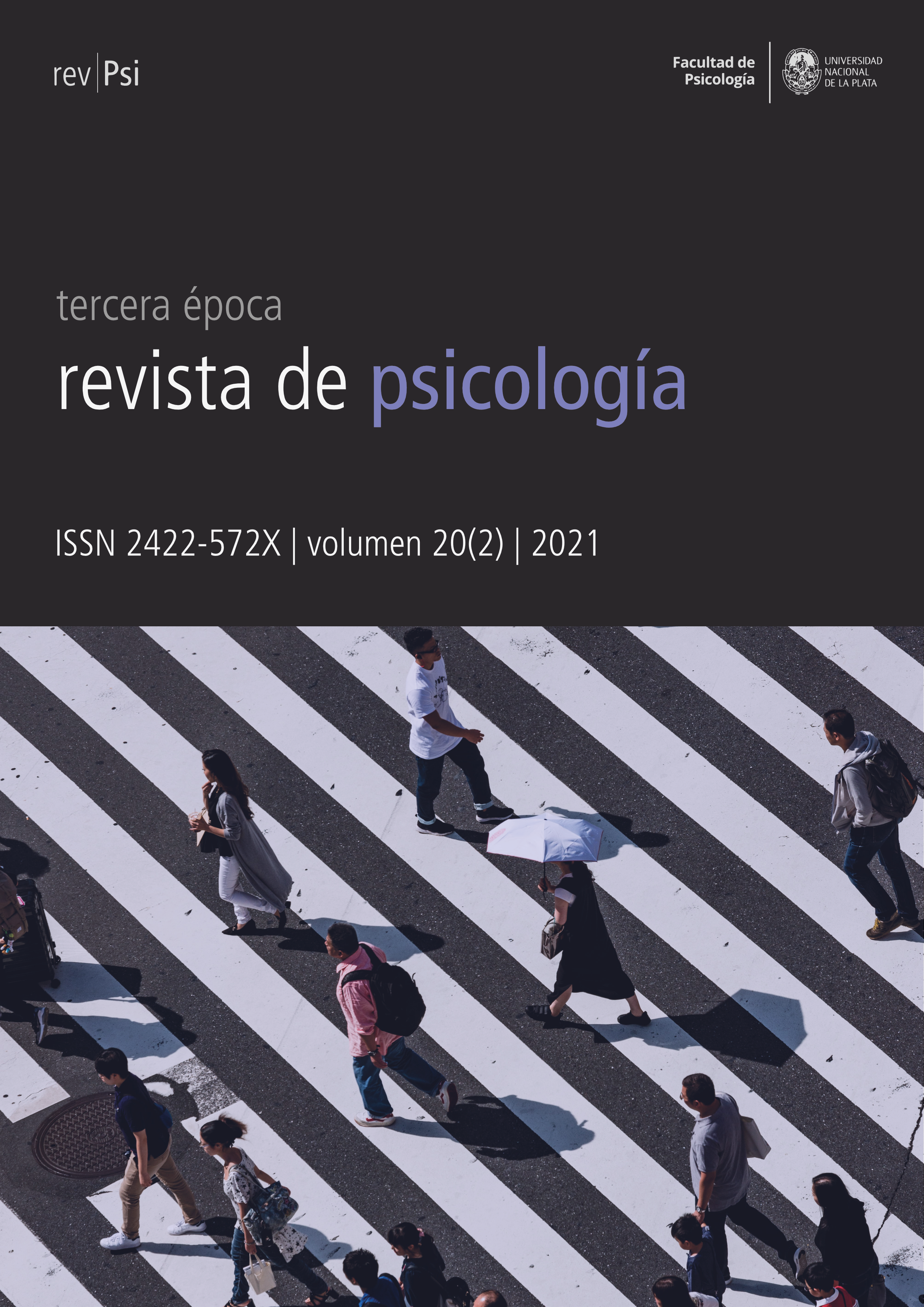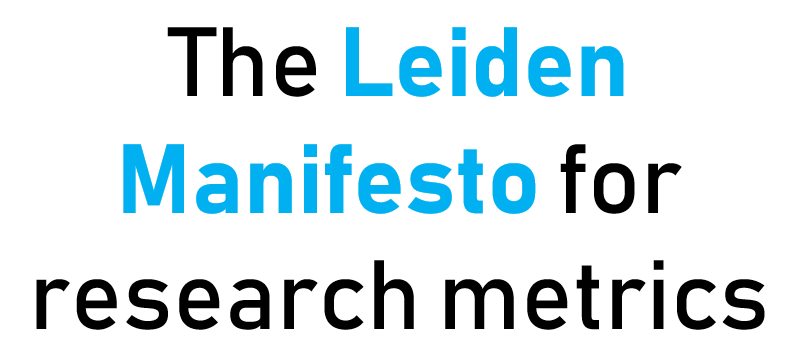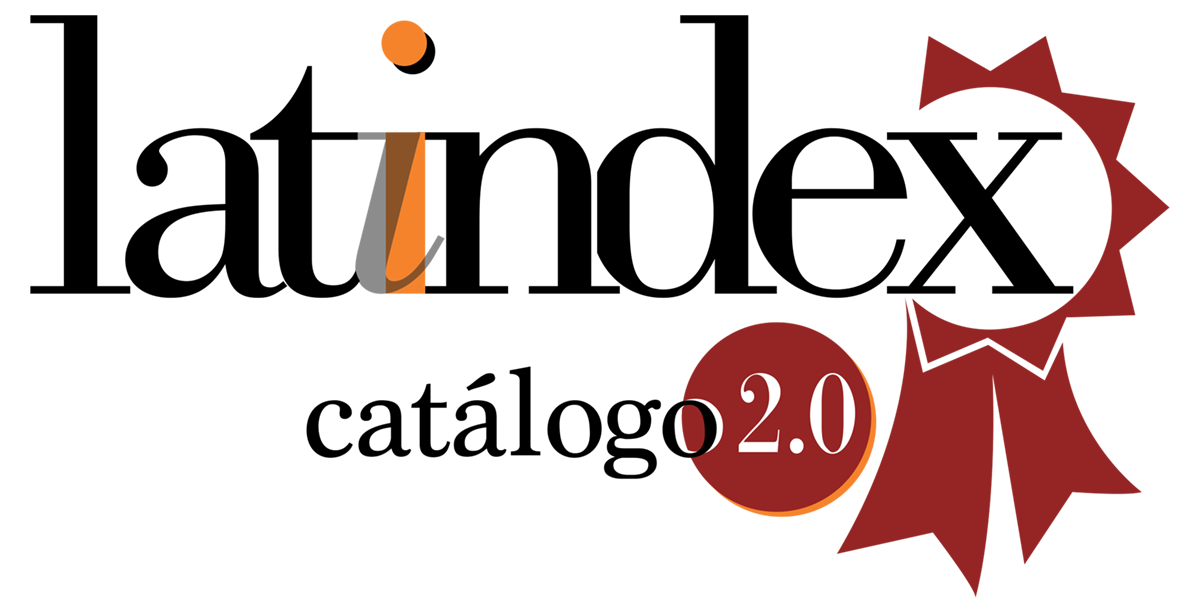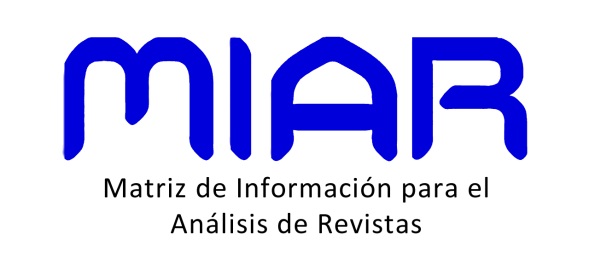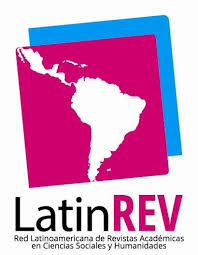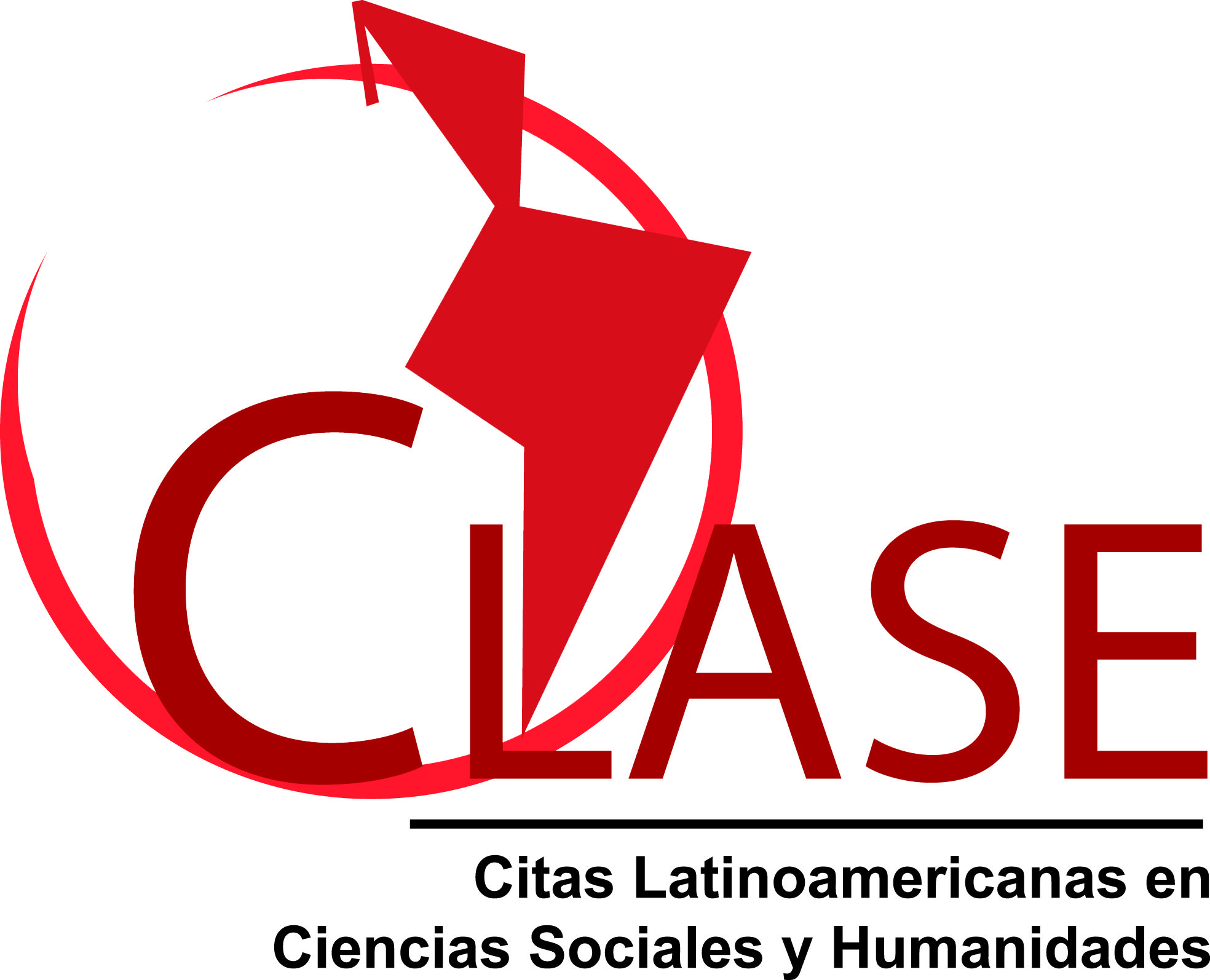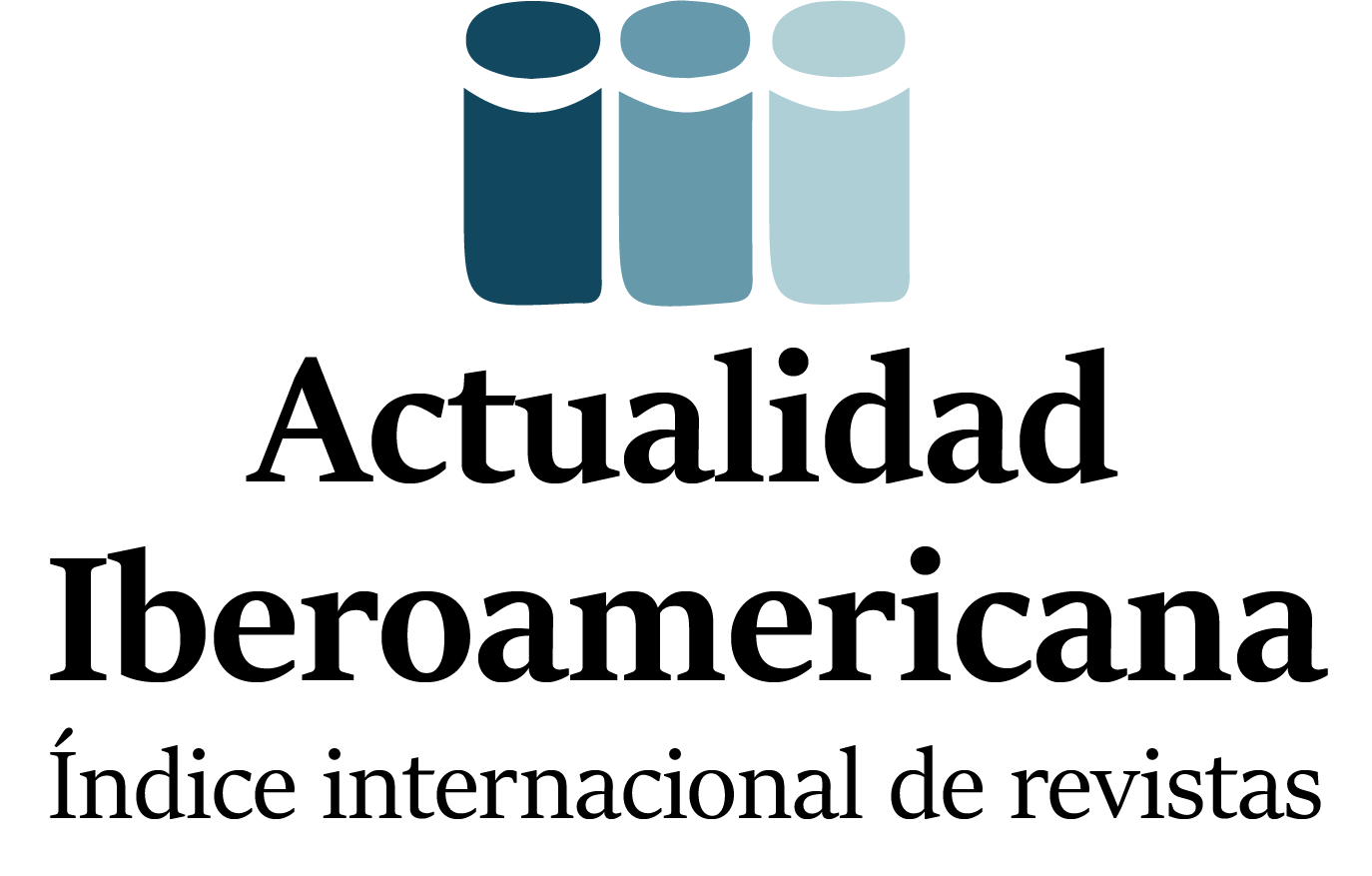Perfiles epidemiológicos de personas con discapacidad beneficiarias de políticas públicas a través del WHO-DAS II
DOI:
https://doi.org/10.24215/2422572Xe075Palabras clave:
discapacidad, CIF, salud, políticas públicasResumen
El presente estudio pretende mostrar la utilidad del World Health Organization Disability Assessment Schedule 2.0 (WHO-DAS II) (OMS, 2009) para analizar el perfil epidemiológico de personas con discapacidad. Se aplica, a su vez, un cuestionario que recoge información relacionada con la salud y la discapacidad de 247 usuarios/as de prestaciones públicas de la ciudad de Montevideo (Uruguay). Se proponen como objetivos identificar el perfil poblacional con discapacidad entrevistado, relacionar el uso de la prestación que declaran con los espacios socio-sanitarios en los que participa, determinar las necesidades de apoyo para la realización de las actividades de la vida diaria e identificar necesidades de acceso a servicios e inclusión social. Se concluye que es posible utilizar el WHO-DASII (OMS, 2009) para conocer el perfil poblacional y, en detalle, la existencia de barrearas y facilitadores para la participación en comunidad, ocio, acceso a la salud e inclusión laboral y educativa.
Descargas
Métricas
Citas
Alarcón, J. (2009). Epidemiología: concepto, usos y perspectivas. Revista Peruana de Epidemiología, 13(1), 1-3.
Ayuso-Mateos, J. L., Nieto-Moreno, M., Sánchez-Moreno, J. y Vázquez-Barquero, J. L. (2006). Clasificación Internacional del Funcionamiento, la Discapacidad y la Salud (CIF): Aplicabilidad y utilidad en la práctica clínica. Medicina Clínica, 126(12), 461-466. https://doi.org/10.1157/13086326.
Badía Corbella, M. y Longo Araújo de Melo, E. (2009). El ocio en las personas con discapacidad intelectual: Participación y calidad de vida a través de las actividades de ocio. Siglo Cero - Revista Española sobre Discapacidad Intelectual, 40(3), 30-44.
Ballerini, A, Figueras, L. y Del Carlo, C. (2020). ¿Es la salud un derecho? Políticas públicas en tiempos de neoliberalismo. Revista de Psicología, 19(1), 32-47. https://dx.doi.org/10.24215/2422572Xe048
Cobas Ruíz, M. C., Peña, E. Z., Calatayud, F. M., Pereira, E. I., Hernández, A. J. y Sosa, M. V. (2010). Caracterización epidemiológica de las personas con discapacidad en Cuba. Revista Cubana de Salud Pública, 36(4), 306-316.
França, I. S. X. de, Pagliuca, L. M. F., Baptista, R. S., França, E. G. de, Coura, A. S. y Souza, J. A. de. (2010). Violência simbólica no acesso das pessoas com deficiência às unidades básicas de saúde. Revista Brasileira de Enfermagem, 63(6), 964-970. https://doi.org/10.1590/S0034-71672010000600015
Instituto Nacional de Estadísticas (2005, abril) Primer estudio nacional de la discapacidad en Chile. Fondo Nacional de Discapacidad. https://www.senadis.gob.cl/pag/136/1196/resultados_endisc_i
Jiménez Lara, A. (2010). Salud pública y discapacidad Planteamientos y propuestas del sector social de la discapacidad articulado en torno al CERMI ante la futura Ley estatal de Salud Pública (1era ed.). Grupo Editorial Cinca, S. A.
Ley de Protección Integral de Personas con Discapacidad n°18651 República Oriental del Uruguay (2010). https://www.impo.com.uy/bases/leyes/18651-2010.
Molina-Achury, N., Mogollón-Pérez, A., Balanta-Cobo, P., Moreno-Angarita, M., Hernández-Jaramillo, B. y Rojas-Castillo, C. (2016). Lógicas dominantes en la formulación de políticas y organización de servicios que inciden en el acceso a la rehabilitación integral. Revista Gerencia y Políticas de Salud, 15(30), 94-106.
Núñez, I. (2011, Mayo). Personas con discapacidad en Uruguay: algunas cifras del censo 2011. Banco de Previsión Social. https://www.bps.gub.uy/bps/file/8195/1/44._personas_con_discapacidad_en_uruguay._algunas_cifras_del_censo_2011._nunez.pdf
Organización Mundial de la Salud (2001, Setiembre). Clasificación Internacional del funcionamiento, de la Discapacidad y de la Salud. Organización Mundial de la Salud. https://aspace.org/assets/uploads/publicaciones/e74e4-cif_2001.pdf
Organización Mundial de la Salud (2009). Medición de la salud y la discapacidad. Manual para el Cuestionario de Evaluación de la Discapacidad de la OMS. WHODAS 2.0. IMSERSO. https://apps.who.int/iris/bitstream/handle/10665/170500/9874573309_spa.pdf?sequence=1&isAllowed=y
Organización Mundial de la Salud (2011). Informe mundial sobre la discapacidad. Organización Mundial de la Salud. https://www.who.int/disabilities/world_report/2011/es/
Ortiz Segarra, J. I. (2013). La discapacidad en el Ecuador en cifras, año 2010. Revista de la Facultad de Ciencias Médicas, 31(1), 74-81.
Puga, D. (2005). La dependencia de las personas con discapacidad: Entre lo sanitario y lo social, entre lo privado y lo público. Revista Española de Salud Pública, 79(3), 327-330.
Rodriguez Da Silva, G. (2006). La formación de personal en función de los usos y perspectivas de la Epidemiología. Revista Brasileira de Epidemiologia, 9(1), 24-31. https://doi.org/10.1590/S1415-790X2006000100004
Tamayo, M., Besoaín, Á. y Rebolledo, J. (2018). Determinantes sociales de la salud y discapacidad: Actualizando el modelo de determinación. Gaceta Sanitaria, 32(1), 96-100. https://doi.org/10.1016/j.gaceta.2016.12.004
Descargas
Publicado
Cómo citar
Número
Sección
Licencia
![]()
Los autores/as que publiquen en esta revista aceptan las siguientes condiciones:
- Los autores/as conservan los derechos de autor y ceden a la revista el derecho de la primera publicación, con el trabajo registrado con la licencia de atribución de Creative Commons, que permite a terceros utilizar lo publicado siempre que mencionen la autoría del trabajo y a la primera publicación en esta revista.
- Los autores/as pueden realizar otros acuerdos contractuales independientes y adicionales para la distribución no exclusiva de la versión del artículo publicado en esta revista (p. ej., incluirlo en un repositorio institucional o publicarlo en un libro) siempre que indiquen claramente que el trabajo se publicó por primera vez en esta revista.
- Se permite y recomienda a los autores/as a publicar su trabajo en Internet (por ejemplo en páginas institucionales o personales) antes y durante el proceso de revisión y publicación, ya que puede conducir a intercambios productivos y a una mayor y más rápida difusión del trabajo publicado (veaThe Effect of Open Access).

